Water Security Test Bed
Advancing the science and engineering of decontaminating pipe systems and the safe disposal of high-volume contaminated water
In order to better understand the behavior of water systems under real-world conditions, researchers at EPA developed the first-of-its-scale water security test bed (WSTB).
The WSTB, constructed at the Department of Energy’s Idaho National Laboratory (INL), replicates a section of a typical municipal drinking water piping system. It is made of 450 feet of 8-inch cement-mortar lined ductile iron pipes that were excavated from the INL grounds after twenty years of use for water conveyance. These pipes allow for technology testing in an environment that simulates a typical operating water distribution system. The WSTB was built above ground for easy access during experiments, leak detection, and spill containment to protect the groundwater.
Research at the WSTB evaluates infrastructure decontamination technologies previously tested by the EPA’s Homeland Security Research Program (HSRP) at the bench- and pilot-scales. Using this simulated full-scale distribution system allows for injection of contaminants (e.g., biological agents, pesticides, radionuclides, etc.), which cannot be performed in operating municipal water facilities. Researchers then evaluate decontamination methodologies to determine those that are best suited for use by water utilities.
The WSTB facility also enables testing of water treatment technologies for the effective management of water that is discharged from water distribution systems during decontamination. At the WSTB, contaminated water from the 450-foot pipe empties into a 28,000-gallon lagoon where it can be used for water treatment research.
In addition to water infrastructure systems managed by utilities, EPA is also evaluating decontamination of premise plumbing and household appliances at the WSTB site. Contaminants may enter private properties through the water infrastructure system, requiring an understanding of their behavior in different types of piping. Researchers are simulating this type of event with a home plumbing and appliance setup including a hot water heater, refrigerator with water dispenser, washing machine, and a dishwasher that empties into a utility sink.
The WSTB is open to potential collaborators such as the Department of Energy, Department of Defense, Department of Homeland Security, universities, water utilities, and foundations interested in water security research.
Those interested in collaborations at the WSTB may contact James Goodrich (goodrich.james@epa.gov) or Jeff Szabo (szabo.jeff@epa.gov) for more information.
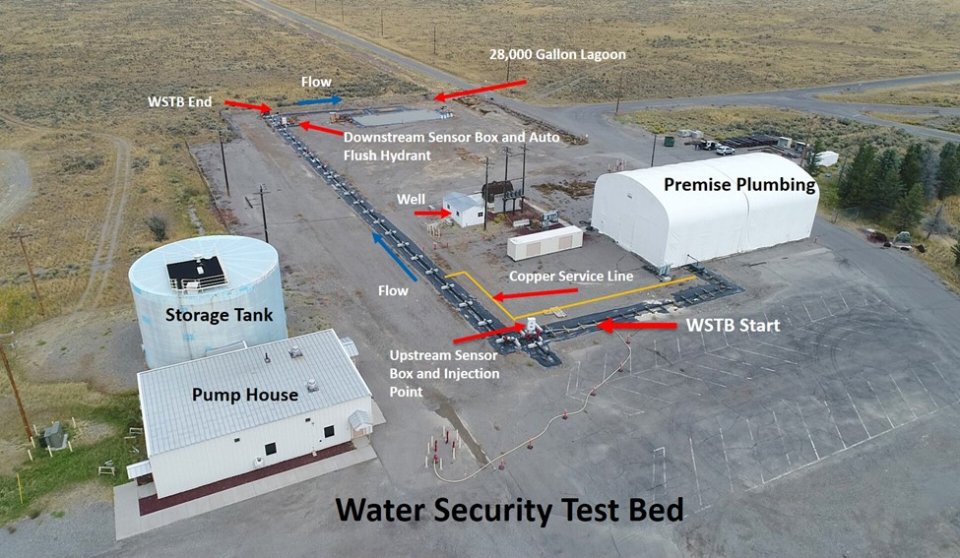
Publications
- Decontamination of Drinking Water Distribution System Infrastructure after Contamination with Untreated Source Water (2020) – This report summarizes results from simulating contamination of drinking water distribution pipes with untreated source water due to a treatment failure at a water treatment facility.
- Decontamination of Bacillus Spores from Drinking Water Infrastructure with Physical Removal (Pigging) and Assessment of Pipe Relining Technologies (2019) – This report evaluates the effectiveness of physical scouring (pigging) technology for removing Bacillus globigii spores adhered to the inner surface of water pipes, followed by disinfection with free chlorine.
- Full-Scale Decontamination of Bacillus Spores from Drinking Water Infrastructure (2019) – This summary describes infrastructure decontamination technologies that are effective at killing Bacillus globigii spores and removing them from drinking water infrastructure when tested at full-scale.
- Decontamination of Bacillus Spores from Drinking Water Infrastructure with Physical Removal (Pigging) (2018) – This report evaluates the effectiveness of two pigging (physical scouring) techniques for the removal of Bacillus globigii spores adhered to the inner surface of water pipes.
- EPA’s Water Security Test Bed (2017) – This summary describes infrastructure decontamination experiments including response and effective treatment to Bacillus globigii, perfluorinated compounds, and Bakken crude oil contamination in drinking water distribution pipes.
- Full Scale Drinking Water System Decontamination at the Water Security Test Bed (2017) – This paper summarizes infrastructure decontamination experiments including the persistence and decontamination of Bacillus globigii spores and Bakken crude oil contamination in drinking water distribution pipes.
- Testing Large Volume Water Treatment and Crude Oil Decontamination Using the Water Security Test Bed at the Idaho National Laboratory (2016) – This report summarizes four mobile disinfection technologies tested for their ability to disinfect large volumes of water contaminated with Bacillus globigii and the effectiveness of decontaminating Bakken crude oil by flushing with clean water with the addition of a surfactant.
Scroll through the photo album below for more pictures of the Water Security Test Bed features. Click on any picture to see the full version.
-
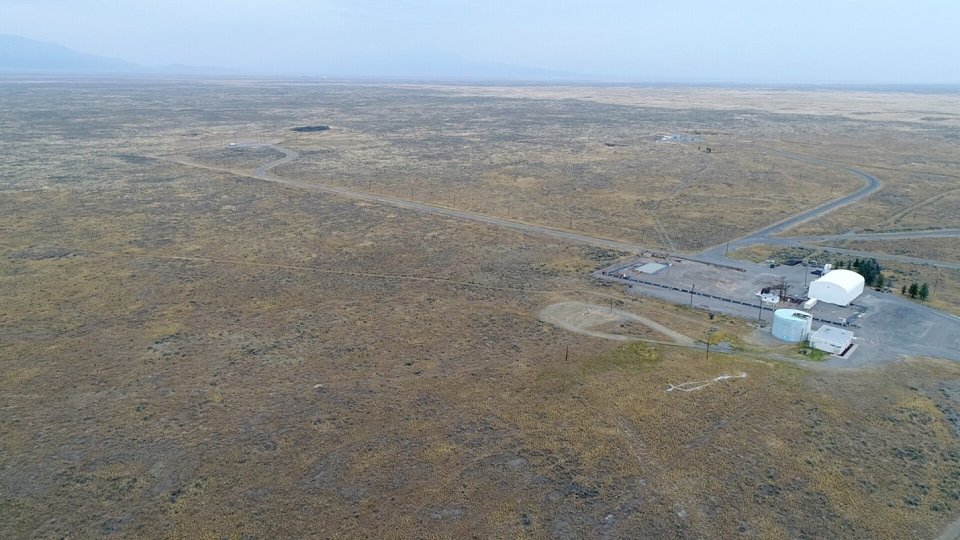
A wide-area view of the WSTB site in Idaho.
-
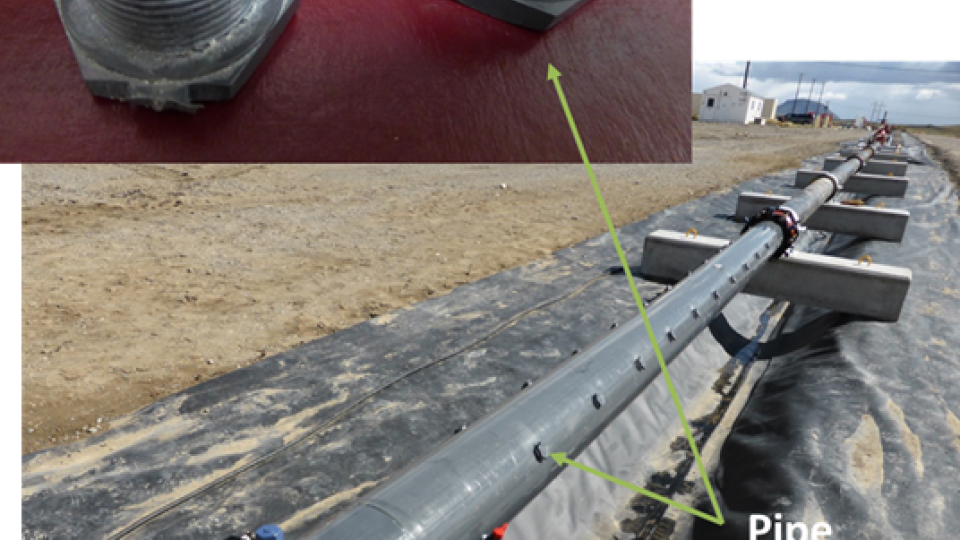
Removable infrastructure coupons (top). These coupons can be inserted into the pipe loop to test different materials.
-
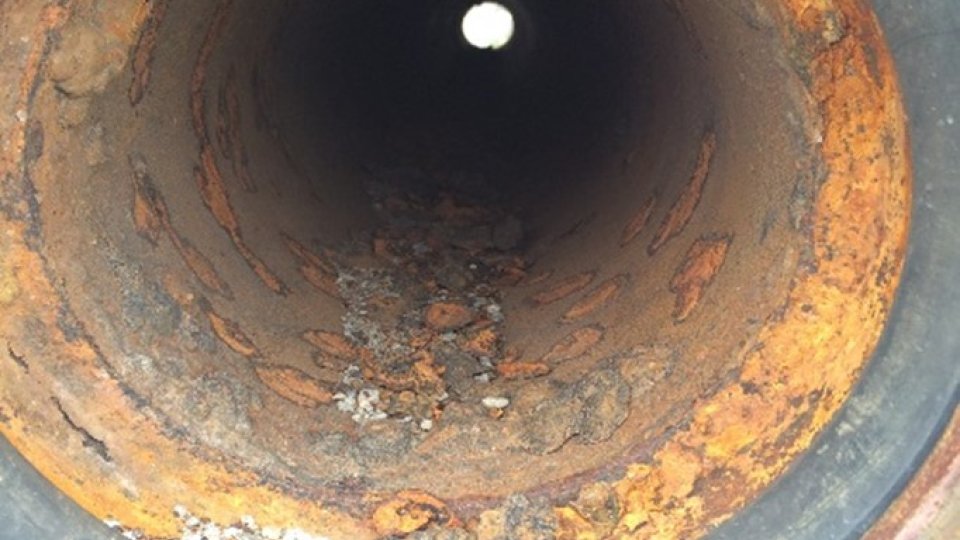
AN internal view of the WSTB pipe surface.
-
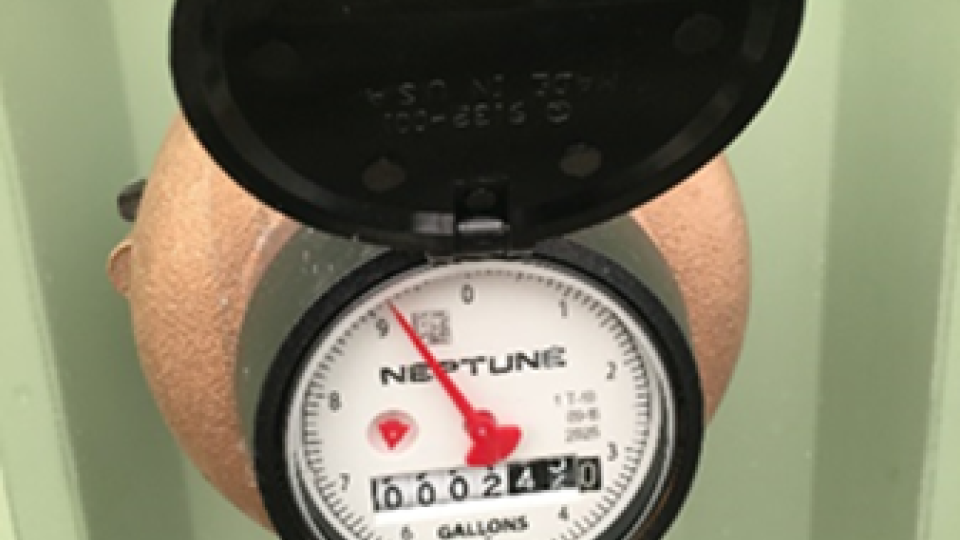
The WSTB premise plumbing system: the water meter on the plumbing influent pipe.
-
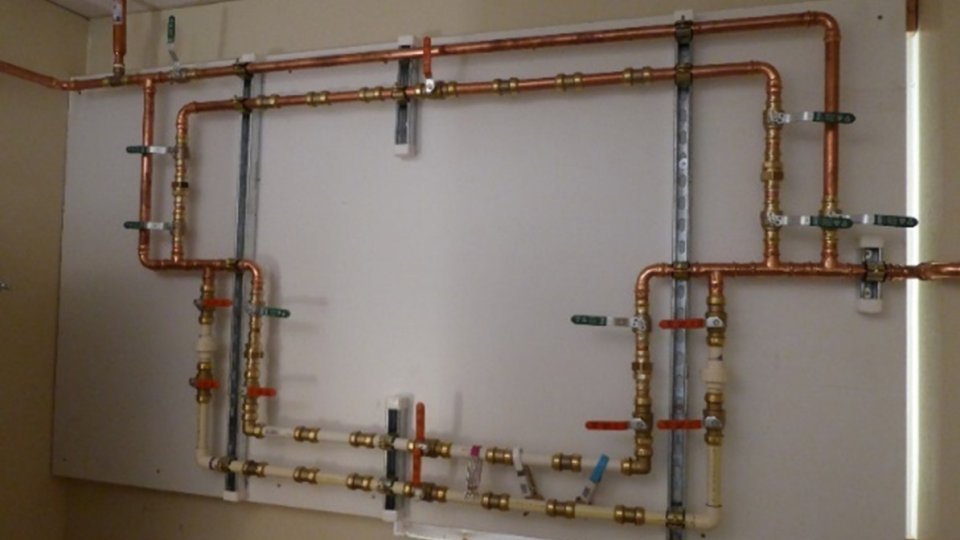
The WSTB premise plumbing system: removable coupons of copper, PVC and PEX pipe.
-
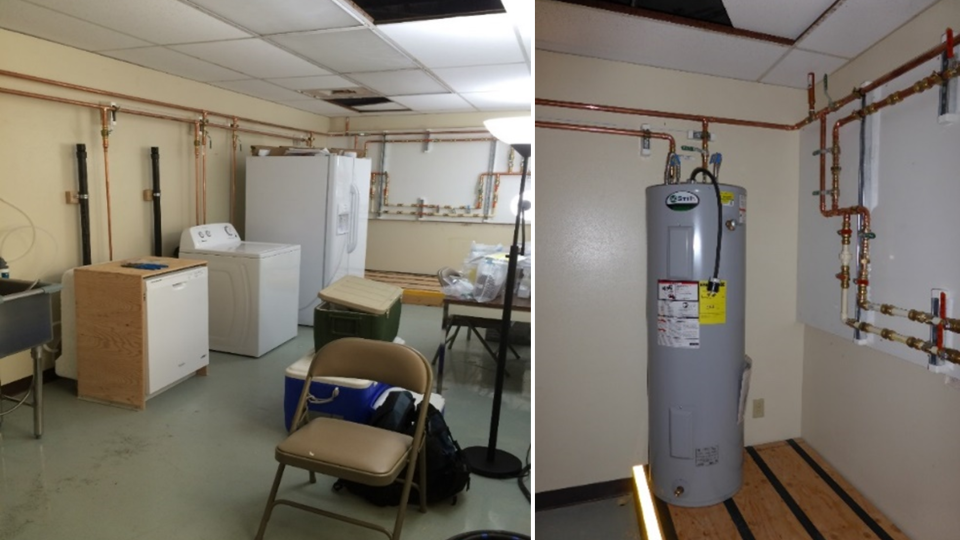
A refrigerator, washing machine, dishwasher, and a hot water heater; these appliances are all part of the WSTB premise plumbing system.
-
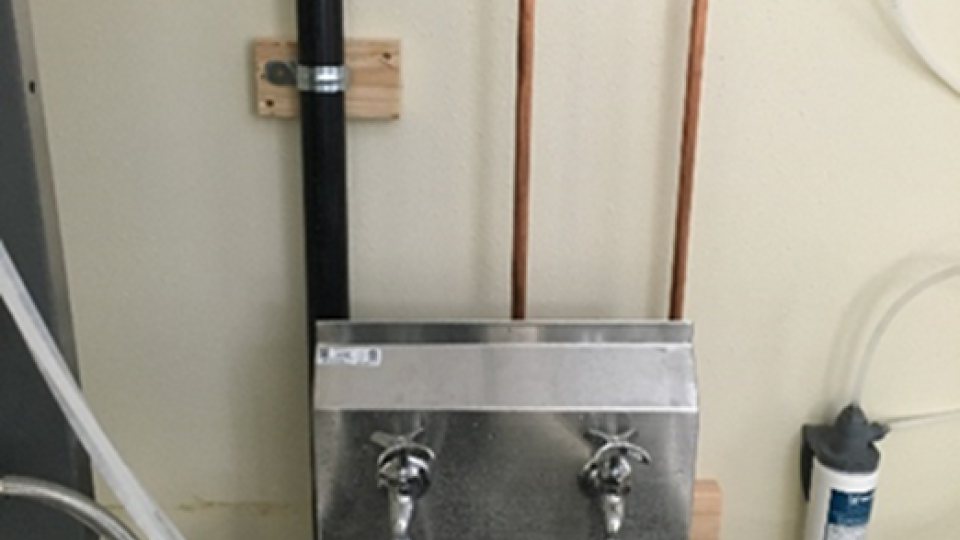
The WSTB premise plumbing system: sink at the effluent end of the premise pluming system.
-
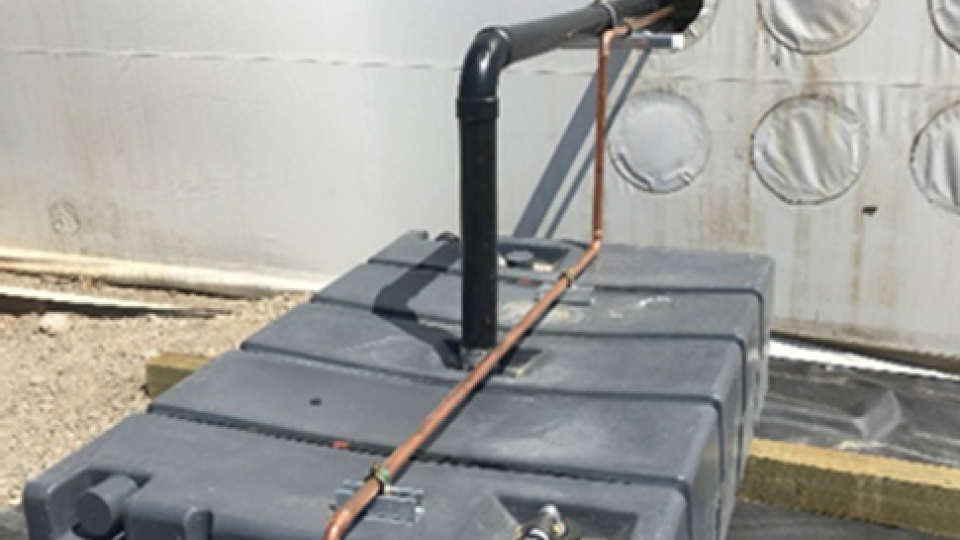
The WSTB premise plumbing system: effluent tank that collects water from the system.
-
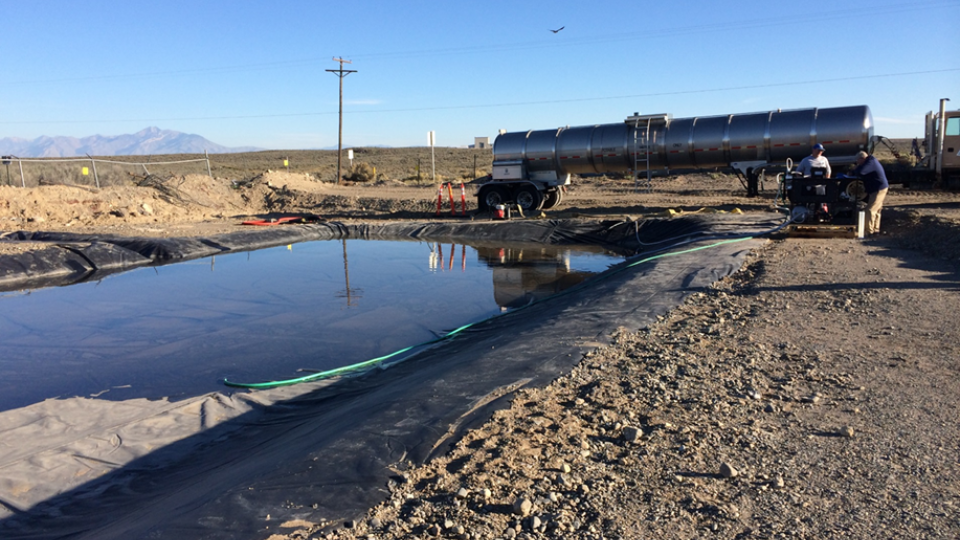
A 28,000 gallon lagoon on site that can be used for water containment and water treatment experiments.
